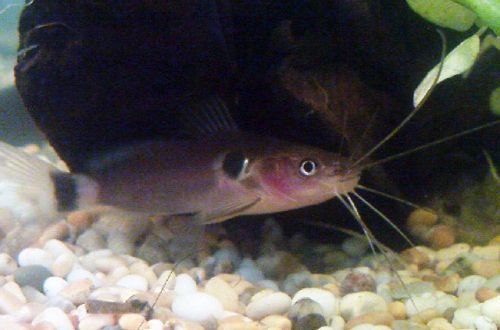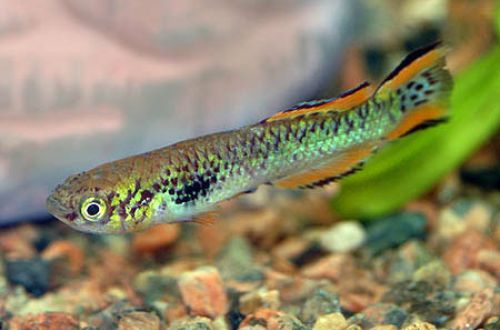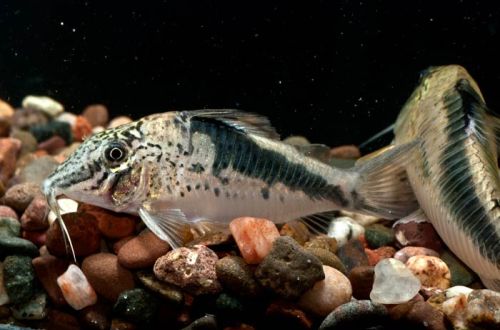
Bakail salostoma
Salostoma bacaila, scientific name Salmostoma bacaila, belongs to the family Cyprinidae (Cyprinidae). The fish is native to South Asia, found in the river systems of Pakistan, India, Bangladesh and Nepal. Inhabits reservoirs with stagnant water and swampy areas of rivers with dense aquatic vegetation.
Bakail salostoma
 Salostoma bacaila, scientific name Salmostoma bacaila, belongs to the family Cyprinidae (Cyprinidae)
Salostoma bacaila, scientific name Salmostoma bacaila, belongs to the family Cyprinidae (Cyprinidae)

Description
Adults reach a length of about 18 cm. It has an elongated, slightly slender body, as if squeezed from the sides. The head is relatively small. The fins are shifted closer to the tail, allowing the fish to quickly accelerate. Coloring monophonic silvery with a metallic sheen. Depending on the angle of incidence of the light, greenish tints may appear. Sexual dimorphism is weakly expressed, males and females have few visible differences.
Behavior and Compatibility
Active moving fish. It is recommended to keep in a flock of 8-10 individuals. With a smaller number (2-3 fish), manifestations of hostility towards other species are possible. Otherwise, Salostoma bacaila gets along well with most fish of comparable size and temperament.
Brief information:
- The volume of the aquarium – from 300 liters.
- Temperature – 22-26°C
- pH value is about 7.0
- Water hardness – 4–12 dGH
- Substrate type – any
- Lighting – subdued or moderate
- Brackish water – no
- Water movement – light or moderate
- The size of the fish is up to 18 cm.
- Food – any variety of food
- Temperament – conditionally peaceful
- Keeping in a group of 8-10 individuals
Maintenance and care
The optimal size of the aquarium for a small flock of these fish starts from 300 liters. In the design, it is necessary to combine free areas for swimming and places for shelters in the form of thickets of plants.
For long-term keeping, it is important to provide a stable habitat, which is achieved through regular maintenance of the aquarium and the smooth operation of the filtration system.
Food
Omnivorous species. Prefers to feed from the surface or in the water column. As a rule, food that has sunk to the bottom will be left without attention. For this reason, it is recommended to use floating feed.





